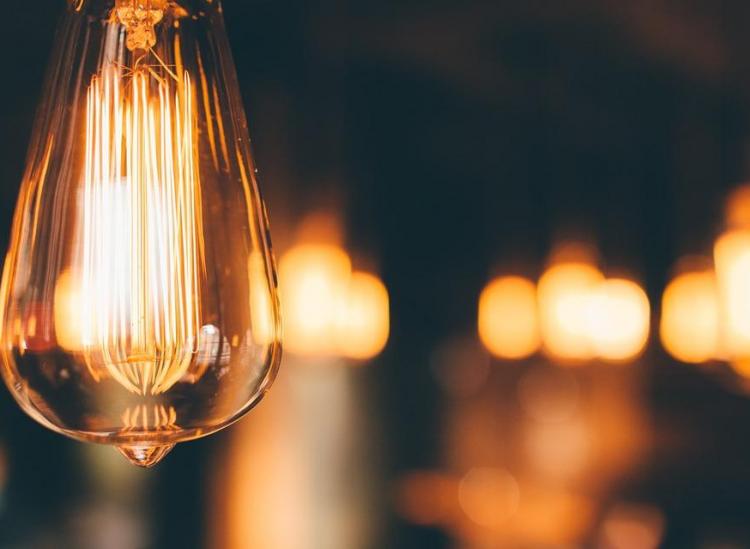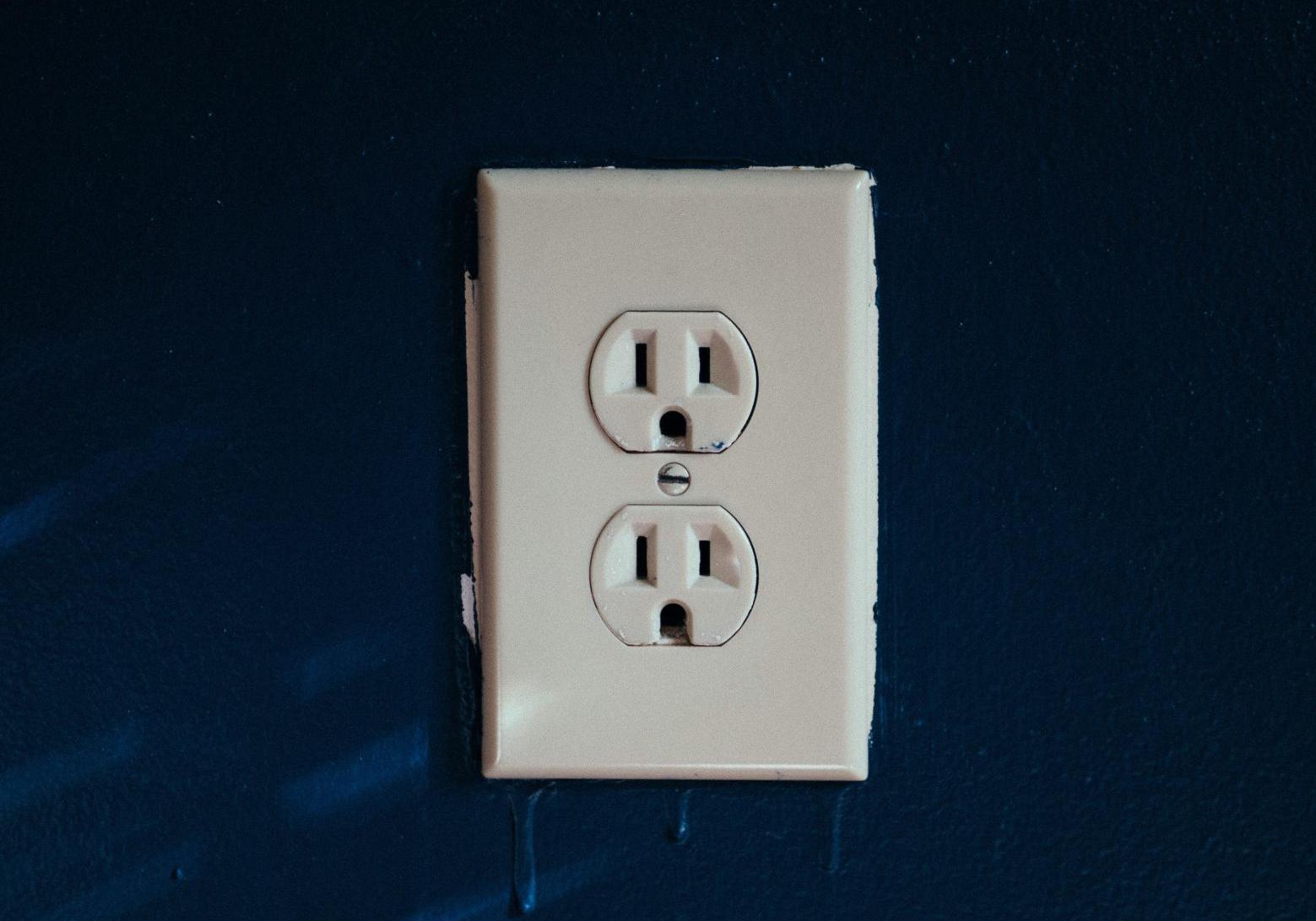Energy Vampires Are A Thing And They’re Sucking All The Blood From Your Wallet

Pixabay
You may not notice them, but you have energy vampires lurking in virtually every corner of your home.
No, we’re not talking about the pale creatures with razor-sharp teeth and a blatant aversion to garlic — we’re talking about all of those electronics and amenities left idling all day long. Not only are they a major waste of electricity (and thus, environmental resources), but they can be surprisingly serious leeches on your wallet.
For instance, leaving your phone charger plugged in after your phone is disconnected consumes 0.26 watts of energy, and when you leave your phone still connected with a fully charged battery, that number jumps to 2.24 watts. When you combine that with other appliances that are plugged in but aren’t being used, your power bill could increase by a solid 10 percent each month.
Vampire energy, otherwise known as standby power, collectively costs Americans roughly $19 billion every year. And electricity provider marketplace SaveOnEnergy compiled multiple infographics to reveal exactly how these expenses break down throughout your home.

Unsplash/Brian Patrick Tagalog
For starters, certain rooms are more expensive than others. All of that idle technology taking up space in your living room is the heaviest hitter, accruing approximately $117 in wasted dollars every year, your cable box being the biggest offender of them all. And home offices tend to trail in second place (holy crap, your laptop wastes a lot of energy while it’s “asleep”), throwing another $59 down the drain annually.
If you’re curious about how much vampire energy exists in your home (we definitely were), SaveOnEnergy also created a calculator through which you can arrive at your own customized annual sum. It uses information like your state, type of residence, devices (and their various modes) and hours you leave them not totally powered off each day to estimate just how much money you could be saving. While some tech and appliances feel like necessities, this process could help you identify the ones you rarely ever think about and reduce your energy expenditure, well, immediately.
Before you go to bed tonight, learn the difference between “asleep,” “idle” and entirely “off” for the various devices around your home and see which ones are using which settings so you can save a good chunk of cash over the next year. And then maybe drop a few dollars on some fresh garlic? You can never be too careful…
RELATED
7 Personal Hygiene Products Women Pay More For Than Men (And How To Save)
Here’s Why You Should Always Pay More Than The Minimum Monthly Payment On Your Debt
5 Apps That Will Help You Save Money Every Time You Shop











